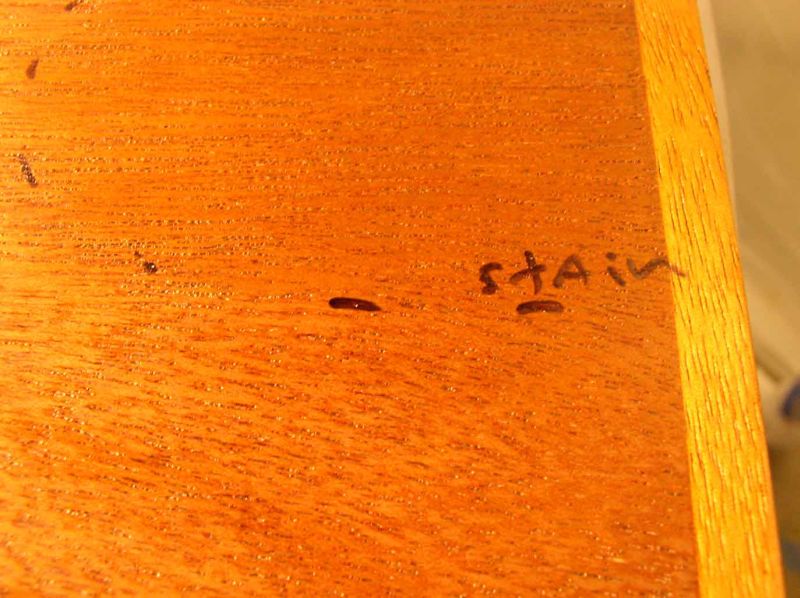Question
I refinish about 30 kitchens a year and out of 30 some of the doors shrink and reveal the unstained part of the panel (in the stiles and rails). I usually go back and touch this up. Is there any way to avoid this or stop it from happening? This problem mainly happens on stained and lacquered doors.
Our procedure is as follows:
-Stripping of doors
-Lacquer thinner rinse
-Sanding
-Tacking the top and bottom of panel to the rails if needed
-Staining by hand
-WB sealer
-WB lacquer
-Shading
-Two coats of lacquer
I've tried everything from bradding the panel to spot gluing the panel in place but nothing seems to work. It seems that when the panel wants to shrink there's no stopping it. Please keep in mind that this does not happen to all the doors - maybe one or two out of the whole kitchen.
Forum Responses
(Finishing Forum)
From contributor C:
When staining dip a rag in the stain and using an air nozzle blow stain into the crack between the rail and panel. If the panel shrinks at least it will be the same color.
Contributor C's approach works, but there is still the same problem with the finish - as the panel shrinks, the finish edge will start to show. If you can, get the doors to dry to a similar moisture content as would be inside a house. Possibly putting them in an air-conditioned room in your shop (cooler air holds less water vapor than warmer air).
Another thought comes to mind, again assuming that you are using water rinse: throughout the drying process are you rotating the doors to get an even drying process? If you have a compressor, use it to blow out the water in the in the voids.
Your words, "It seems that when the panel wants to shrink there's no stopping it," is absolutely true. Pinning, bradding, etc. will not stop the expansion/contraction of the wood with changes in its moisture content. The forces at work are greater than the strength of the wood fibers to hold together. Even under constraints, the wood will move, and the area(s) of least strength will give way. Once the drying has been completed, a finish will act as buffer, slowing the movement down. But it is not totally eliminated.
I wouldn't tack/pin the doors until after the final coat and I didn't mean to imply that you should use a brush to work any finish under the rails/stiles while you’re sealing the doors. That could mess up your stain. If the looser panels moved pretty well you could slide the panels around while you’re applying the first seal coats.
